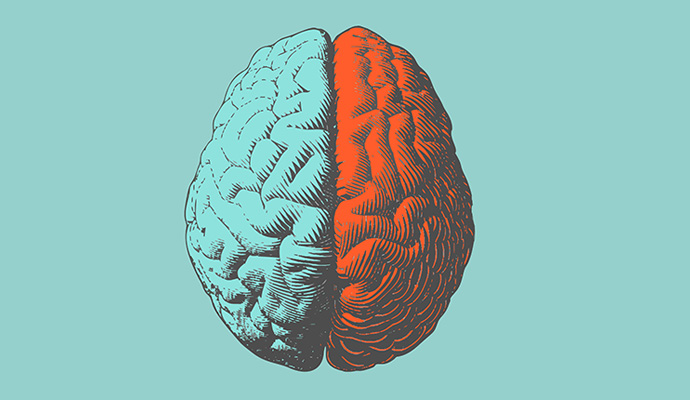New Risk Score Tool Provides Accurate Predictions of Dementia Patterns
Research from the UK shows that a newly developed risk-scoring tool can help clinicians in determining the five-, nine-, and 13-year probability of dementia.

Source: Getty Images
- Published in JAMA Network Open, a recent study described the development and accuracy of a risk score tool that predicts individual dementia risk, providing clinical teams with guidance on timely actions and treatment.
Dementia affects large numbers of people, mainly those who are older. According to the Centers for Disease Control and Prevention (CDC), about 5 million people over the age of 65 had dementia in 2014. The CDC predicted that this would rise to 14 million by 2060.
In the past, research has been directed toward developing methods for preventing dementia. However, there is still no effective treatment method.
In this study, researchers from the United Kingdom aimed to create a point risk score prediction model for dementia. They used data from a large UK population-based prospective cohort study that occurred between March 13, 2006, and Oct. 1, 2010. They performed a data analysis between June 7 and Sept. 15, 2021.
Additionally, researchers performed individual analyses of time endpoints at the first dementia diagnosis during the follow-up period. They split data into training and testing sets.
Researchers looked at five-, nine-, and 13-year dementia risks as outcomes. They also used least absolute shrinkage and selection operator and multivariate Cox proportional hazards regression models to determine dementia predictors.
The study population comprised 444,695 people, of whom 205,187 were men and 239,508 were women. They found that dementia occurrence during the 13 years of follow-up was 0.7 percent for men and 0.5 percent for women.
Researchers identified some risk factors for dementia, including socioeconomic adversity, sleep phenotypes, physical activity, and comorbidities.
The total point score of the risk score model ranged from -18 to 30 for men and -17 to 30 for women. Further, researchers found that the risk score model provided almost 100 percent prediction accuracy for 13-year dementia risk in both men and women.
Based on these results, researchers concluded that they developed a practical risk score tool for individual prediction of dementia risk. The information provided by the tool may help individuals identify their potential risk profile, providing guidance for timely and precise clinical actions to delay and prevent dementia.
Despite these conclusions, researchers also noted various limitations to the study, which related to a lack of external validation and a restricted age range in the UK Biobank, causing a lack of generalizability. Also, some measurements of the UK Biobank were based on a single-item subjective assessment, and there was a potential risk of population selection bias since all participants were hospitalized.
The use of emerging data analytics approaches and technologies to predict patient risk has grown significantly.
In March, for example, researchers from Scripps Research Institute created a new app called MyGeneRank that predicts genetic risk for heart attacks.
Patients upload their 23andMe information to the MyGeneRank app, which is then synced and used to calculate their risk score for a heart attack using the latest genetic risk factors for coronary artery disease.
